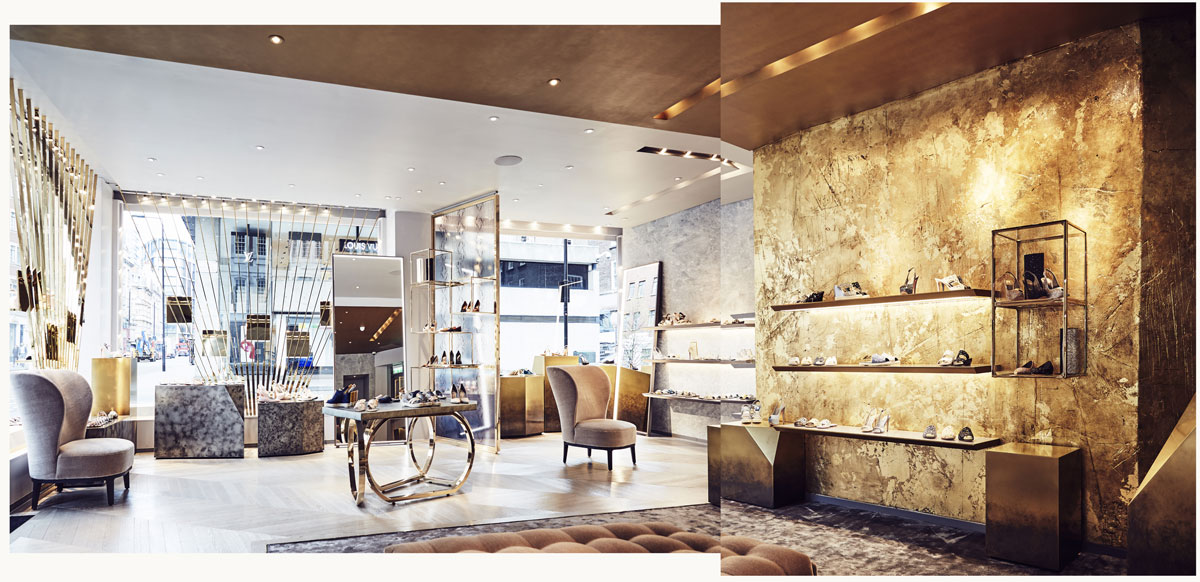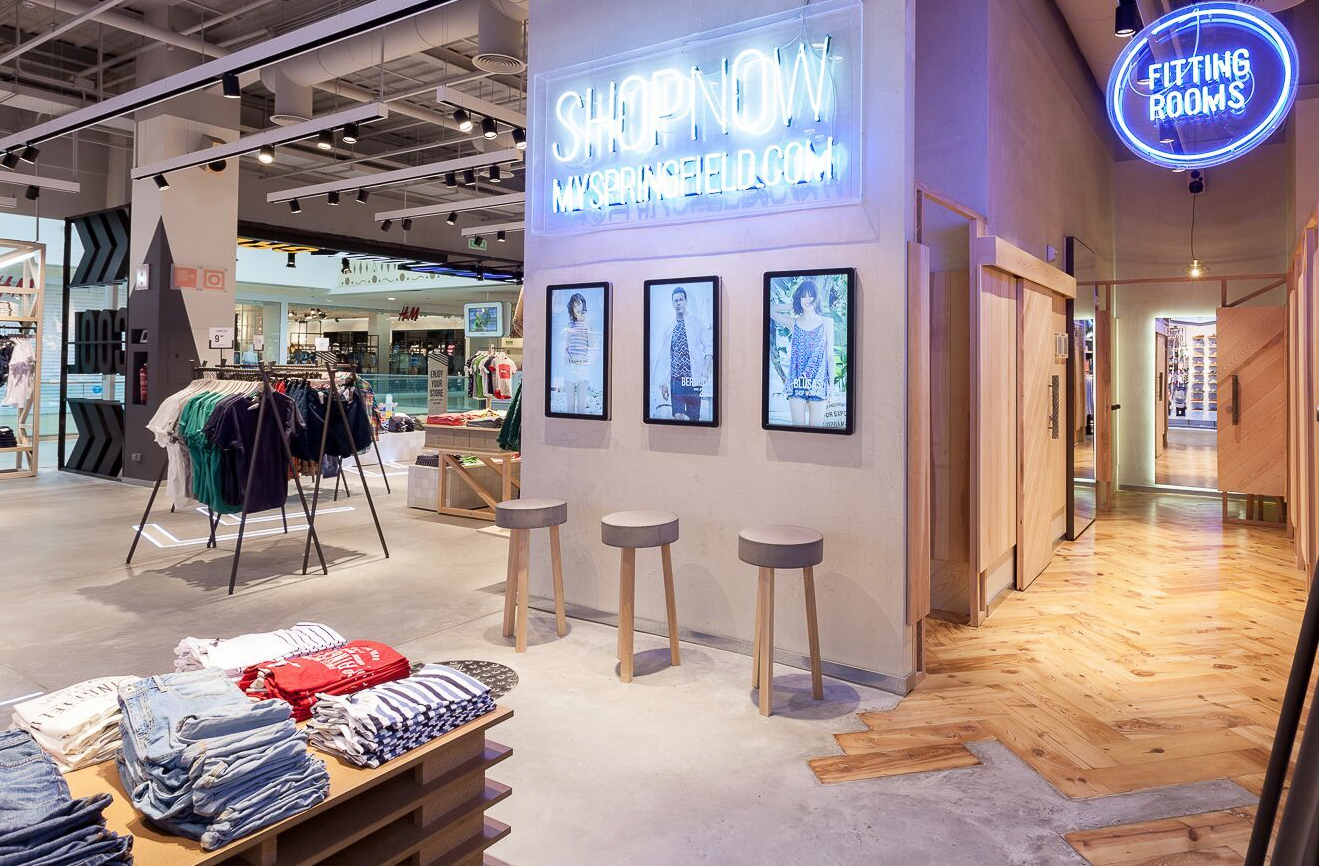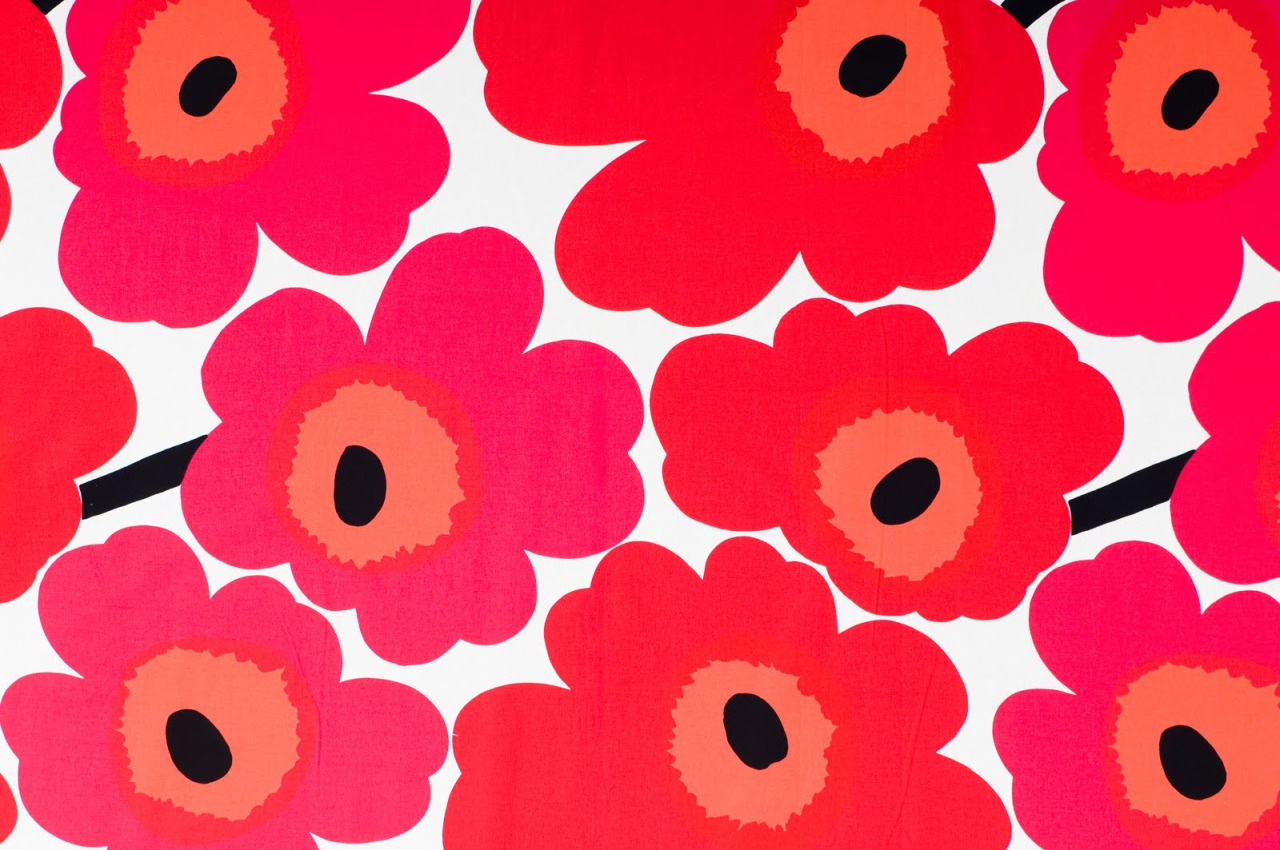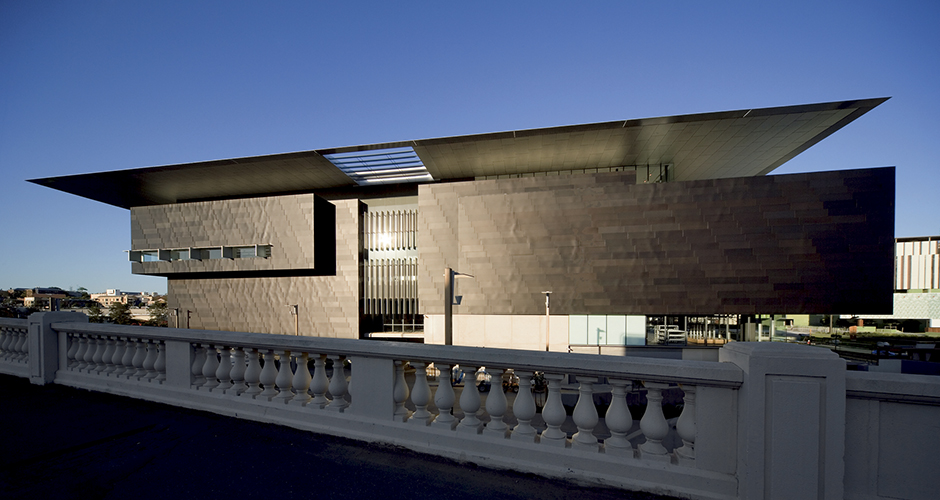
Q&ADR: Maria Correia of Gray Puksand
Q&ADR: Maria Correia of Gray Puksand
Share
Every week in our Q&ADR column, ADR interviews an architect, designer, object maker or industry person about who they are beyond the work – their life, inspiration, challenges and aspirations.
This week we meet Maria Correia, who has recently been appointed interior design director at Gray Puksand’s Brisbane office. Correia shares her inspiration, from artists like Jeff Koons to her upbringing in South Africa, and how design is a universal language that transcends borders.
ADR: Can you tell us about your background and how you have ended up working within the architecture and design industry?
Maria Correia: I grew up in Africa. I was born in Zimbabwe and completed high school and my university degree in South Africa. At high school, I was gifted with the most amazing art teacher, Dr Victorrio Vaccaro, who had spent a few years living and working in Italy and Europe before he moved to South Africa. He introduced me to the visual arts (European and African) and the philosophy behind many of the great classical masterpieces from art, through to sculpture and architecture.
I never aspired to become a struggling artist and at one point did consider doing a degree in the dramatic arts, but I sort his advice and design became the natural career choice. After graduating, I worked briefly in South Africa and then decided to move to London to work and travel for one year; 20 years later and I was still working and travelling in London. It was at a time when Europe abolished its internal border checks and European designers flocked from all over to work and live in London.

Gina shoes by Caulder Moore on Sloane Street, London, a project that Maria Correia worked on.
What are the challenges and rewards of being an interior designer?
I suppose the challenges for any interior designer are the quality and type of work. When I started working in the design industry (especially in South Africa) it was something that only designers championed. It’s now great to see how the industry has changed and how clients, project managers, builders and the general public are now all champions of design, as they see the benefits and results that good design delivers. I believe a client who truly understands and appreciates the value of good design goes a long way in designers being able to deliver great work. We all have a role to play in delivering great results.
What would you say has been the biggest achievement in your career?
Through design, I have been able to live, work and travel the world doing what I love. I have worked with clients all over the world Africa, Europe, UK, America and now here in Australia. It’s great to see that design is a universal language that transcends borders.

Springfield Xanadu shopping centre, Madrid, by Caulder Moore, another project that Maria Correia worked on.
What do you think characterises Australian design?
Australian design is very aspirational, not in a lofty elitist way but in a simple, relaxed, easy, natural and free-spirited way. As we move into a world of increasing uncertainty, these characteristics will be more desirable.
Who/what/where are you inspired by? Which architects or designers have influenced your work?
Where do I begin? I am a real magpie; I draw inspiration from all sorts of sources. I am a bit fashion obsessed and draw a lot of inspiration from that, as I think what we are wearing mimics how we are living. The rise of athleisure is no happy accident. I am also passionate about Scandinavian design, designers like Alvar Alto, Tappio Wirikkla, Maija Isola and Klaus Haapaniemi to name just a few. Art is also a huge source of inspiration. Artists such as Anthony Gormley, Anish Kapoor and Jeff Koons are great sources of inspiration.

Marrimeko’s famous poppy print ‘Unniko’ was designed by Maija Isola.
My approach to design is very much rooted in uncovering what is unique and ownable to a business or brand. I believe all brands and businesses have unique values that set them apart, and translating these into design is key to fundamentally making a difference. I’m not really into creating a specific design style, even though I draw inspiration from designers and architects. My main driver is about understanding businesses – their needs, their end users and or consumers, trends and how they are influencing the way we are thinking and behaving. Then through the creative use of design, we create solutions that best address their needs and desires.
What place or space in Australia do you wish you had designed?
I love the GOMA in Brisbane. I know it’s a cliché but I do love the Sydney Opera House. It’s an example of a 21st century icon and puts Australia very much at the forefront of the design industry.

The Queensland Gallery of Modern Art (GOMA) by Architectus.
What is your pain point with the Australian design/construction industry?
Having to convince people of the benefits of design; investing in good design does deliver commercial results for clients.
Design is a universal language that transcends borders.
What do you think will be the key issues for designers over the next decade?
As technology continues to dominate and continues to take centre stage, people will seek more ways to connect. Physical spaces and the importance they will play, and the role of designers and architects in creating these memorable customer experiences, will be of vital importance moving forwards. Automation will play a larger role in the workplace and businesses will seek creative ways to set themselves apart. As designers and creative thinkers, we will have a pivotal role in shaping the future in years to come. As we move from brands/retailers/businesses having control to consumers having the control, our role as designers will be to understand consumers to shape their future.
Lead image by Ivan Tan.
Next week we’ll be meeting Gray Puksand’s Sydney interior design director, Anna Breheny.
You Might also Like
























